
Michael Brown, headshot.
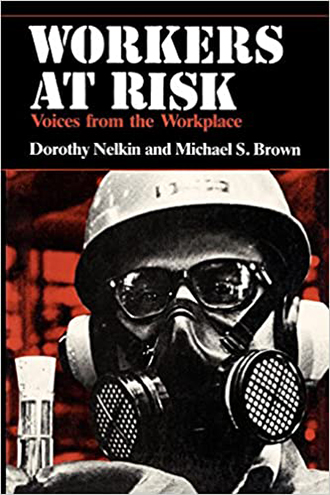
Workers at Risk (1984), a book by Dorothy Nelkin and Michael S. Brown.
Projects
Selected Works

M. Brown, B. Kelley, J. Gutensohn, "A pilot outreach program for SQGs of hazardous waste," AJPH 78, no. 10 (October 1988): 1343. Article discusses the Massachusetts Department of Environmental Management's pilot project with hazardous waste generators.
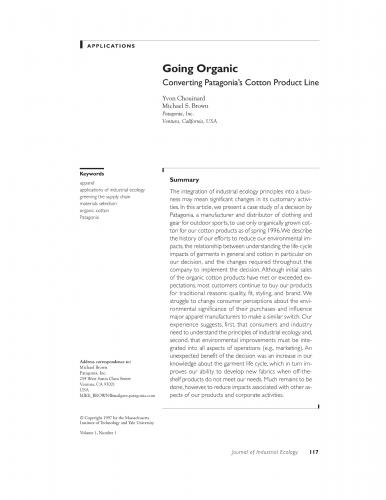
Y. Chouinard and M. Brown, "Going Organic: Converting Patagonia's Cotton Product Line," Journal of Industrial Ecology 1, no. 1 (1997): 117.
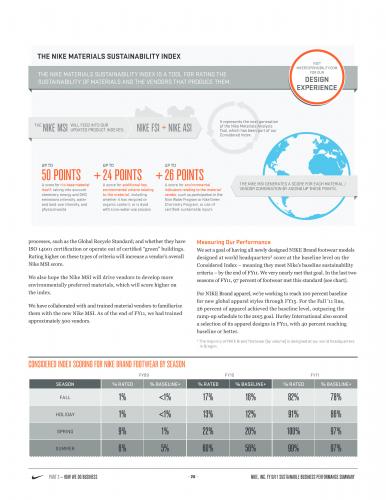
"Nike Materials Sustainability Index," Nike, Inc. FY10/11 Sustainable Business Performance Summary (2011): 26.
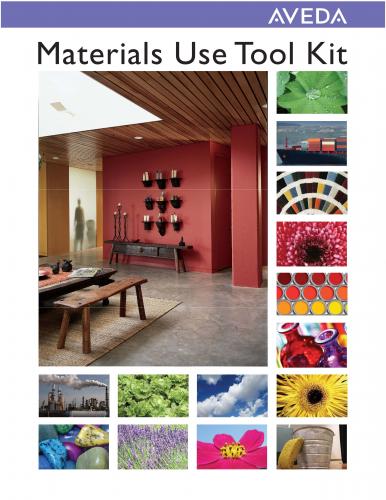
Aveda Materials Use Tool Kit (2008) used in purchasing materials and products with improved environmental performance characteristics. The original toolkit was created in 2008 and updated in 2011 and 2016.
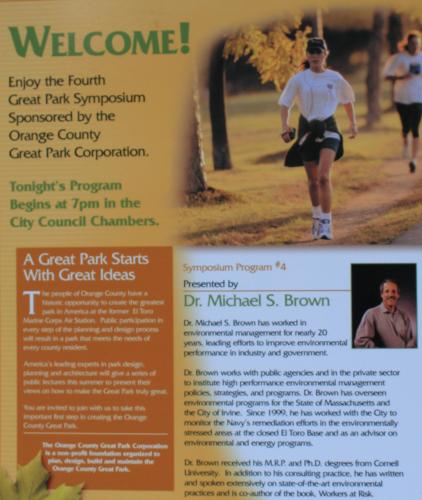
"Fourth Great Park Symposium (August 26, 2004)," Orange County Great Park Corporation, Irvine, California.
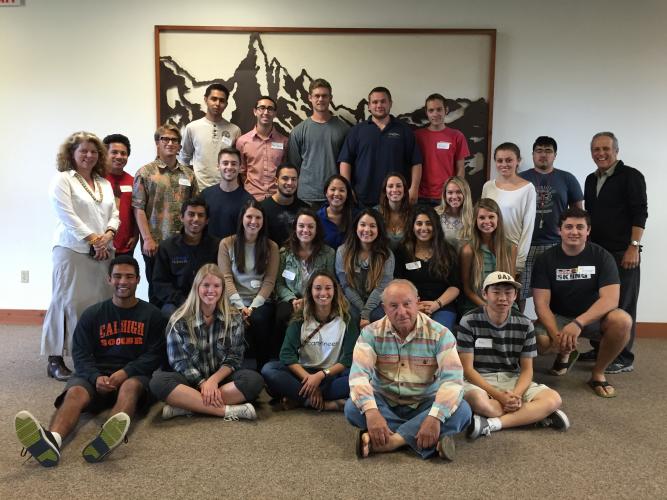
Brown (far right) and Yvon Chouinard (front, second from the right, seated), the founder and owner of Patagonia, with students from Brown's ENVS 118 Industrial Ecology class (winter 2015) in University of California-Santa Barbara's Environmental Studies Department, during a visit to Patagonia's corporate offices in Ventura, California.
Color: Lorem ipsum dolor sit amet, consectetur adipisicing elit. Distinctio, eveniet?
